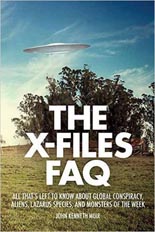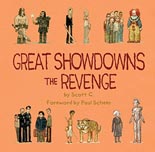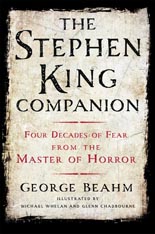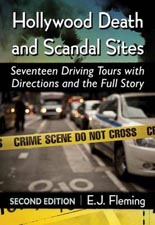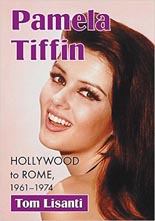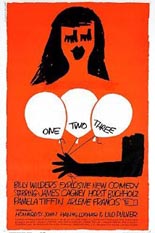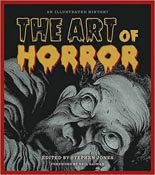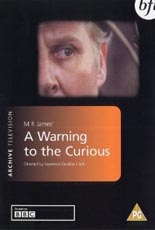
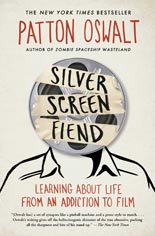 Truth is, every hopeless film addict has a story like comedian/actor Patton Oswalt shares in Silver Screen Fiend. The difference is we’re not famous, so who wants to hear it?
Truth is, every hopeless film addict has a story like comedian/actor Patton Oswalt shares in Silver Screen Fiend. The difference is we’re not famous, so who wants to hear it?
Okay, okay, so Oswalt’s knack for making an anecdote as compelling as it comedic may have something to do with it, too.
Because of this, anyone who has experienced the near-orgasmic, adrenaline rush (don’t deny it) of a movie projector flickering to life as the lights fade away — along with your disbelief — will find themselves in lockstep with a kindred spirit …
… who’s way funnier than you or I.
Although Oswalt indeed presents himself more than worthy of the title, the slim volume is really only half about the movies. This is a memoir of a four-year span in his life in the late 1990s, when he worked as hard honing his stand-up skills on the stage as he did at catching whatever double features L.A.’s storied New Beverly Cinema revival house had programmed.
What Oswalt admittedly didn’t work so hard at? Churning out sketches for his actual day job as part of the MADtv writing team. Why do that when he harbored big, shiny dreams of becoming a director? Mainlining movies — new and old, classic or crap — was, he reasoned, the most direct path to calling “Action!”
Chapters of Silver Screen Fiend open with visual evidence of this, reprinting calendar grids of Oswalt’s filmgoing exploits, from Billy Wilder and William Castle to Hammer horror marathons and whatever big-budget blockbuster happened to open at the multiplex that week. The anal-retentive cineasts among us can and will relate; same goes with his devotion to the sacred texts of Danny Peary and Michael Weldon, whose pages Oswalt not only pored over, but decorated with checkmarks as he saw the movies they celebrated.
This book is not like those books, meaning you will not find reviews per se, although the pages are rife with the author’s blessedly unfiltered opinions. Yet it rightfully earns shelf space next to those works of reference, as Oswalt’s sprocket-holed memoir is often hilarious, occasionally heartbreaking and always, always of immense interest.
If you didn’t purchase Silver Screen Fiend in hardcover when it came out back in January, good thing you waited, because the book has gained extra content on its way to this paperback debut: nearly 50 pages of Oswalt’s early film writing, including five reviews he pseudonymously penned for Ain’t It Cool News — a website whose creator and audience seems incongruous to Oswalt’s voice and taste for the likes of Philip Kaufman’s Quills and Paul Schrader’s Blue Collar.
Also in this welcome bonus section are an introductory post to the (sadly) now-defunct The Dissolve, an attempt at aping David Thomson’s Suspects exercise of hashing out bios for fictional film characters and, hilariously, an anti-AFI list of his own 100 favorite movie moments (i.e. “Blade’s entrance at the blood rave”). —Rod Lott

